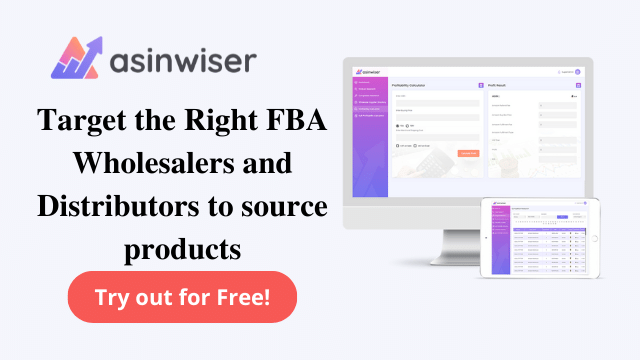
Similarities between Selling on Amazon & Walmart
Similarities between Selling on Amazon & Walmart
#1: Fulfillment of services
Walmart and Amazon are the platforms that provide the option to sellers to fulfill the orders themselves or through their respective fulfillment centers.
Amazon offers FBA since 2006 which is very helpful for sellers. Whereas WFS was introduced in February 2020, by Walmart. It provides a way to compete with Amazon’s wildly popular and effective fulfillment services. The main difference between them is that Amazon allows sellers to ship products to their FBA warehouses from other counties but Walmart only permits you to ship products to their fulfillment centers from the US.
Similarity #2: Guaranteed 2-day free shipping
The sellers of both Amazon and Walmart are able to provide their customers with fast, 2-day shipping through their fulfillment service.
Previously the sellers of Walmart only had the option to seller-fulfill each other. But at present, Walmart has state-of-the-art supply chain logistics which will be responsible for all pick, pack, ship, and deliver orders to your customers within two days. The procedure will be the same for those customers also who do not have a Walmart+ membership (minimum order will be at least $35).
Let’s know about the Walmart+ membership. It’s a delivery subscription service of Walmart that directly competes with Amazon Prime. It provides the benefit of free next-day and two-day delivery with no minimum order. It provides free delivery from your local Walmart store, and more.
When we talk about the members then, Prime has more members than Walmart+ but shoppers are attracted toward Walmart due to fast delivery and free shipping options.
Similarity #3: Advanced listing content
Amazon allows the brand register sellers to create a well-structured large, beautifully designed product description called A+ content. It may have feature images, logos, infographics, and unique modules.
On the other hand, Walmart’s sellers use WFS to create “Item Page content”. This feature is pretty closer to Amazon’s A+ content, except the brand registry requirement which is the only requirement to use Item Page Content is to also use WFS. It’s an advantage for Amazon’s sellers who are not brand registered yet.
Similarity #4: Listing Optimization
Optimize your listing is most important if you are an Amazon seller or owner of an eCommerce store. A well-structured optimized listing helps to increase discoverability within search and turns browsers into shoppers to increase organic ranking. It also helps to minimize the return by providing quality content.
This principle is also applied to selling at Walmart. If you want success at Walmart then your keyword research, product research, and listing optimization all are important factors.
You can also take the help from Jungle Scout for keyword research, product research, and listing optimization as an Amazon seller. Jungle Scout is a special tool of Amazon Marketplace. For Walmart, you can use the data-driven insights they provide to get an idea of what’s selling on Walmart.com.
Similarity #5: Categories shopped
From the analysis, we found that Amazon and Walmart both have customers who are interested in the same type of categories like clothing, grocery, beauty & personal care, etc.
From a seller’s point of view, you need to figure out where your customers are. In such a case no matter which category you are selling in, you can expect a customer base on both platforms.
Grocery is the growing category for both marketplaces. Now they both are providing the online grocery delivery service so the customer doesn’t need to go outside from their home to buy food. Due to the COVID-19 pandemic, consumers are purchasing grocery products only 49% more frequently.
An intelligent software tool—Asinwiser— is what you need as an Amazon. It is an impeccable solution for all your needs, including product research, competitor research, fba calculator, fba fee calculator and profitability calculator.
- Tags: Asinwiserproduct listing
Share this:
Subscribe to Our Newsletter
Recent Post
- Top 13 Amazon Inventory Management Tools for FBA Sellers in 2023
- Asinwiser: The Ultimate OMSGuru Alternative for Amazon Sellers
- Repricer.com Alternative: Why Asinwiser is the Superior Choice for Amazon Sellers
- Aura Alternative: Why Asinwiser is the Superior Choice for Amazon Repricing
- Maximize Amazon Sales with Asinwiser: The Superior Amazon Repricer & Revenue Analytics Tool
